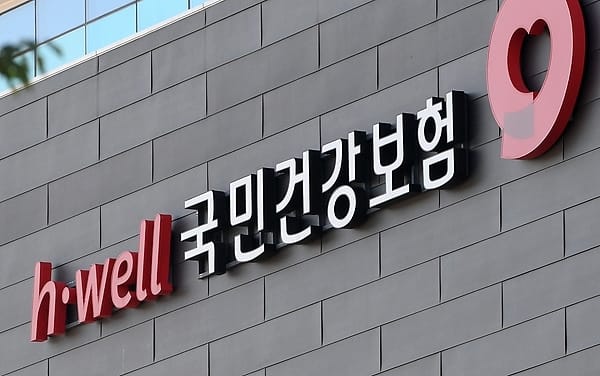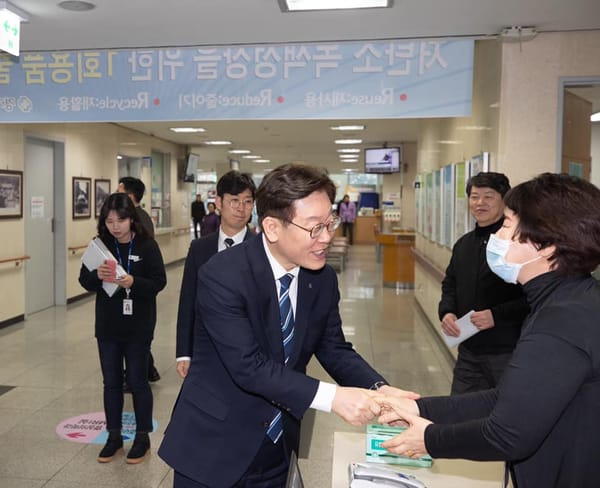Credit: Public domain.
South Korea has long led the gender wage gap in the OECD. A recent report by weekly news magazine SisaIN 시사인 analyzed the gender wage gap in South Korea’s large corporations by reviewing legally mandated wage data submitted by the 2553 corporations that employed 300 or more people as of 2021. The analysis makes clear that South Korean women are hired less than men, promoted less than men, and paid less than men with the same occupation and seniority.
On average, 37.8% of workers at South Korea’s largest companies are women - far short of 50%, in large part because women are virtually shut out of jobs in heavy industry and manufacturing. Only 6% of all Hyundai Motors 현대자동차 employees are women; at Hyundai Steel 현대제철 the number is 4%. The story is similar at companies like Samsung Heavy Industries 삼성중공업 (4% women) and Nexen Tire 넥센 타이어 (3% women).
On the other hand, women account for roughly half of the workforce in financial services, and make up the majority of employees in the retail, food & beverage, and healthcare industries. 60% of Hana Bank 하나은행 employees are women, for example. 84% of employees at AsungDaiso 아성다이소, operator of the discount superstore Daiso 다이소, are women, as are 79% of employees at Samsung Seoul Hospital 삼성서울병원.
But these employees tend to be frontline workers - bank tellers, store clerks and orderlies - rather than executives. 79% of employees at Samsung Seoul Hospital are women; zero percent of executives are. Even in industries where women make up a majority of employees, the proportion of women executives rarely cracks 10%. McDonald’s (47%), Costco (25%), and cosmetics giant AmorePacific 아모레퍼시픽 (27%) are the only three large South Korean corporation where women make up 25% or more of the executive ranks.
Even after controlling for industry, rank and seniority, women were on average paid less than men. The disparity is largely the result of overtime and other incentives: women with the same tenure as their male colleagues (or longer) typically worked less overtime and were less eligible for bonuses and other corporate benefits such as scholarships for graduate school education or assistance with medical expenses.








